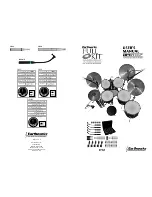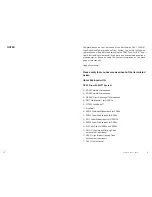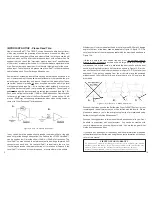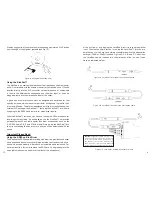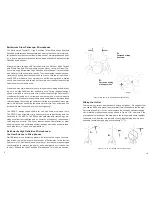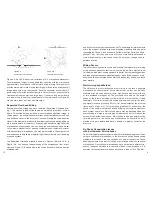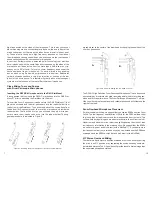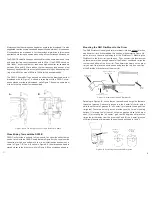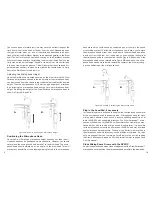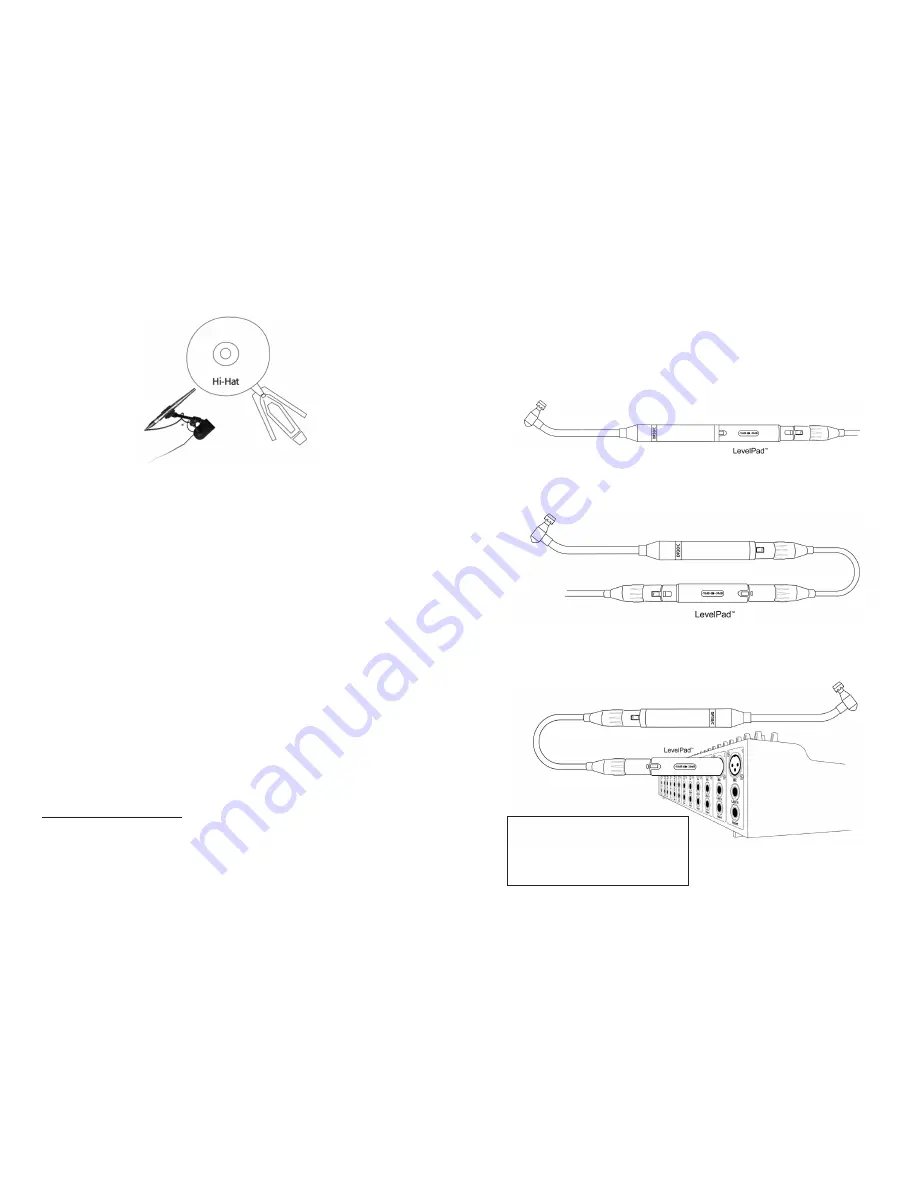
We also suggest that you place the microphone approximately 2 to 3 inches
from the edge of the high-hat cymbals (see Fig 12).
Figure 12 Miking a High-hat (top view)
Using the KickPad™
The KickPad is a passive signal processor that requires no phantom power
and will not interfere with the phantom power for your microphone. It can be
inserted directly into the XLR connector on the microphone, or somewhere
in the mic line between the microphone and the mixer input, or, it can be
plugged directly into the microphone input of the mixer.
A good kick drum microphone must be designed and optimized for that
specific purpose, which means that particular microphone is great for kick
drum and little else. Therefore we designed our kick drum optimization in an
external XLR package - the KickPad™. Just plug the KickPad™ into the mic
line going to the SR30 kick drum mic for magnificent results.
With the KickPad™ removed, you can use the same SR30 microphone for
recording most anything. As an added bonus, the KickPad™ will provide
outstanding results on other popular kick drum microphones such as the
E-V RE20, Audix D-6, Shure 57 and others. Simply plug the KickPad™ into
the mic line feeding the kick drum mic and you will be astonished with the
sound.
Important Please Read
Using the SR30 on Kick Drum
The Earthworks SR30 supplied for miking kick drum is a precision condenser
microphone and is sensitive to overly large bursts of air. However, this micro-
phone, when used properly, will produce an incredible kick drum sound. For
optimum results it is crucial to place the SR30 at a 45 degree angle to the
head (which reduces the air burst at the front of the microphone).
15
4
of the mic line, or by plugging the LevelPad directly into the preamplifier
input. The most popular practice is to plug the LevelPad™ into the pre-
amplifier input, which makes it more accessible to switch the attenuation
settings (-15dB or –30dB) if needed. Figures 2-A, 2-B and 2-C show how
the LevelPad can be inserted into the microphone line in one of three
ways as indicated below:
Figure 2-A LevelPad™ inserted at the microphone base
Figure 2-B LevelPad™ inserted in the microphone cable.
Figure 2-C LevelPad™ inserted into mixer mic input
CAUTION: Plugging the LevelPad into the mic input
of a mixer can cause damage to the mixer input con-
nector if the LevelPad receives a hard push to the
side. However, if your are careful, placing the Level-
Pad at the mixer mic input will provide greater ease
of use in changing the LevelPad attenuation switch.
Summary of Contents for SR25
Page 2: ......

